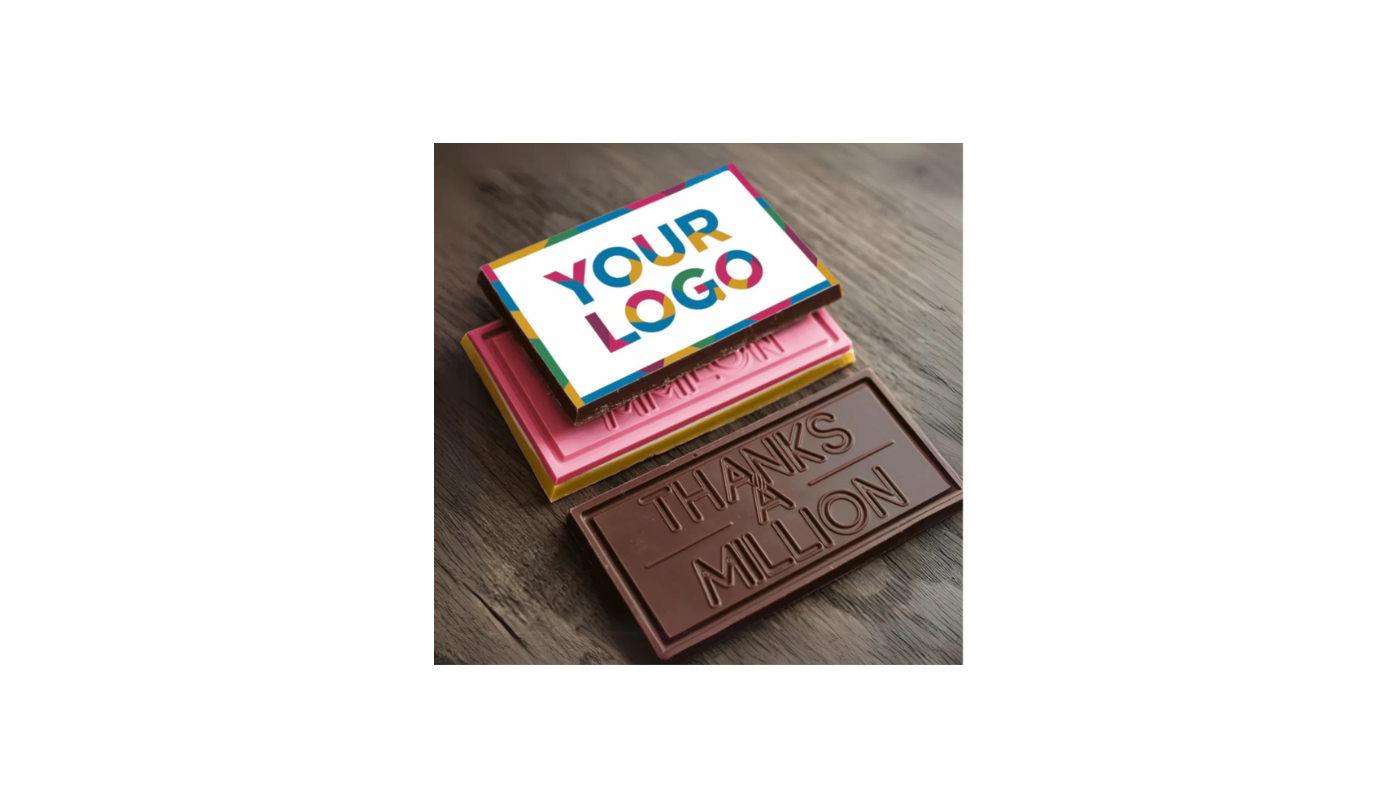
The Psychology of Sweet Tooth Gifting
Excerpt from the Sweet Tooth 2025 Gift-Giving White Paper. Download the full PDF
The Psychology of Sweet Tooth Gifting
The human fascination with sweet treats extends far beyond simple gustatory pleasure, rooting itself in complex neurological, psychological, and evolutionary mechanisms that have shaped our species’ relationship with sweetness for millions of years. Understanding these fundamental drivers provides essential insight into why sweet gifting proves so universally effective across cultures, age groups, and social contexts, while revealing the sophisticated psychological principles that transform simple confections into powerful tools for relationship building, emotional expression, and social bonding.
Neurological Foundations of Sweet Preference
The human brain’s response to sweetness represents one of our most ancient and powerful reward systems, evolved to ensure survival in environments where caloric density often determined the difference between life and death. When we encounter sweet substances, multiple neurological pathways activate simultaneously, creating what researchers term a “reward cascade” that generates immediate pleasure while establishing long-term positive associations with the source of that sweetness.[22]
Modern neuroscience has revealed that consuming chocolate and other sweet treats triggers the release of at least four distinct categories of neurotransmitters, each contributing to the overall experience of pleasure and well-being that makes sweet gifts so universally appreciated:[23]
- Dopamine (“reward chemical”) — floods the brain’s pleasure centers when we taste sweetness, creating feelings of satisfaction and motivation that encourage repetition of the behaviour that produced the reward. This response is particularly strong with chocolate, whose compounds prolong dopamine’s effects, explaining why chocolate gifts often prove more memorable and impactful than other sweet alternatives.[24]
- Serotonin (“mood regulator”) — increases significantly during sweet consumption, promoting feelings of calm, contentment, and emotional stability that can persist for hours after the initial taste experience.[25]
- Phenylethylamine (“love chemical”) — surges during chocolate consumption, creating sensations of excitement, euphoria, and romantic attraction that mirror the neurochemical profile of falling in love.[26]
- Endorphins (“natural opioids”) — release during sweet consumption to create feelings of euphoria, comfort, and pain relief that can significantly improve mood and reduce physical discomfort, particularly pronounced with high-quality dark chocolate.[27]
The Reciprocity Principle in Sweet Gifting
Human societies have evolved sophisticated reciprocity mechanisms that govern social interaction and relationship maintenance, with gift-giving serving as one of the most fundamental expressions of these ancient behavioural patterns.[28] The principle of reciprocity suggests that individuals feel natural psychological pressure to return favours, kindnesses, and gifts they receive from others, creating cycles of positive interaction that strengthen social bonds and promote cooperative behaviour.
Research conducted by social psychologist Robert Cialdini demonstrates that reciprocity operates as one of the most powerful influences on human behaviour, often overriding rational decision-making processes and personal preferences in favour of maintaining social balance and avoiding the psychological discomfort of unrepaid obligations.[29] When applied to sweet gifting, this principle explains why relatively modest investments in quality confections can generate disproportionately positive responses from recipients.[30]
The effectiveness of reciprocity in sweet gifting depends heavily on the perceived thoughtfulness and quality of the gift, rather than its monetary value or size. Recipients evaluate sweet gifts based on presentation quality, flavour sophistication, brand reputation, and apparent consideration for their personal preferences, with these qualitative assessments determining the strength of reciprocal obligation they feel toward the giver.[31]
Cultural variations in reciprocity expectations require careful consideration when implementing sweet-gifting strategies across diverse populations or international contexts. Some cultures emphasise immediate reciprocation of gifts, while others prefer delayed responses that allow time for thoughtful consideration of appropriate returns.[32]
Emotional Memory Formation and Sweet Associations
The human brain’s memory-formation processes create particularly strong and durable associations between emotional states and sensory experiences, with taste and smell serving as especially powerful triggers for emotional recall.[33] Sweet gifts leverage these mechanisms to create lasting positive associations between recipients and gift-givers.
Neuroscientists have discovered that emotional memories form through different pathways than factual memories, with emotional experiences creating more vivid, detailed, and persistent memory traces that resist forgetting over time.[34] Sweet gifts presented during emotionally significant moments become integrated into recipients’ emotional memory networks, serving as permanent reminders of the giver’s thoughtfulness and care.
The concept of associative memory networks explains how sweet gifts create ongoing brand awareness and relationship reinforcement long after consumption.[35] Distinctive sensory signatures—flavour, aroma, packaging—strengthen these associations, which is why artisanal or unique sweets outperform generic alternatives.
Timing considerations play crucial roles in emotional memory formation. Gifts delivered during periods of heightened emotional arousal create stronger and more durable memory traces than those given during neutral states.[36]
The Endowment Effect and Physical Gift Ownership
Behavioural-economics research has identified the “endowment effect”: people value items more highly once they own them, compared with their valuation before ownership.[37] Physical sweet gifts therefore create stronger emotional connections than digital alternatives or experiential gifts, as recipients develop ownership feelings that enhance appreciation and create lasting positive associations.
The endowment effect operates through multiple psychological mechanisms that reinforce the value recipients place on sweet gifts they receive—loss aversion, mere-exposure effects, and multisensory memory pathways.[38–39]
Cultural Psychology and Universal Sweet Appeal
While specific flavor preferences and gifting customs vary significantly across cultures, the fundamental human attraction to sweetness represents one of the most universal aspects of human psychology, transcending geographic, linguistic, and social boundaries.[40] Anthropological research reveals that every known human culture has developed some form of sweet treat or confection.[41]
Cultural variations in sweet-gifting customs require careful consideration to ensure appropriate presentation and timing that respect local traditions while achieving desired relationship-building objectives. Religious and dietary considerations add additional layers of complexity, requiring awareness of restrictions, taboos, and certification requirements (kosher, halal, vegan, etc.).[42–44]
Psychological Timing and Contextual Factors
The psychological impact of sweet gifts varies significantly based on timing, context, and recipient circumstances. Strategic consideration of these factors enables more effective relationship building and emotional connection.[45]
Stress and emotional state heavily influence how recipients perceive and respond to sweet gifts. Presentations during high-stress periods often generate stronger gratitude and more lasting positive associations than gifts given during neutral circumstances.[46]
Social context plays crucial roles in determining the appropriateness and effectiveness of sweet gifts, with different settings requiring different approaches to presentation, selection, and follow-up.[47]
Seasonal and cultural timing considerations affect both the practical aspects of sweet gifting—temperature sensitivity, shipping requirements—and the psychological associations recipients form with their gifts.[48]
The frequency and pattern of sweet gifting also influence psychological impact. Regular, predictable gifts can create positive anticipation and ongoing relationship reinforcement, while unexpected presentations generate surprise and demonstrate spontaneous thoughtfulness.[49]
Continue to Next ➜ Market Analysis & Industry Trends
